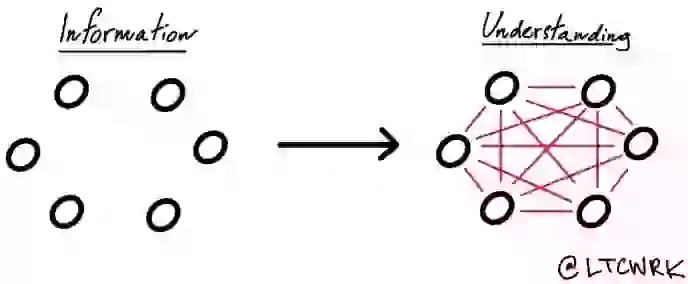Key Takeaways
- When our attention is subject to mechanized appropriation, through the pervasive use of hyperpalatable stimuli? On this first view, what is at stake in our cultural moment would seem to be the conditions for the possibility of achieving a coherent self.
- A single retinal image is certainly not adequate to the task of specifying the world, but the visual stimulus received over time by an observer in motion is adequate, Gibson argues, and so on his account the whole motivation for conceiving perception as involving inference and computation collapses. This is completely revolutionary. The brain does not have to construct a representation of the world. The world is known to us because we live and act in it, and accumulate experience.
- We think through the body.
- This brings up another uncanny fact about motorcycle steering: the bike goes wherever your gaze is focused. Most important, if your eyes lock on some hazard in the road, you will surely hit it.
- Gibson’s most interesting and controversial point is that what we perceive, in everyday life, is not pure objects of the sort a disinterested observer would perceive, but rather “affordances.” The affordances of the environment are “what it offers the animal, what it provides or furnishes, either for good or ill.”
- Affordances lie in the fit between an actor and his or her environment. When that relationship is mediated by a prosthetic, such as a motorcycle, it changes the field of objects that we perceive and how we perceive them.
- For experiences to become part of the secure, sedimented foundation of a skill, they must be criticized. Other people (and the resources of language) are indispensable. Without them, your experiences are partial, and may sediment as idiosyncratic bad habits.
- Getting things right requires triangulating with other people.
- Imagining what could happen is an important role for the conscious mind, so it must stay involved. Being in a state of “flow” without such worries sometimes makes you feel like Superman, but it is easy to flow yourself right into the truck that has drifted into your lane around the blind curve ahead.
- The role for the conscious mind is “alert watchfulness, without meddling.” It is “an unstable condition, which degrades all too easily into either a complete lack of watchfulness or too much involvement.”
- The world in which we acquire skill as embodied agents is precisely that world in which we are subject to the heteronomy of things; the hazards of material reality. To pursue the fantasy of escaping heteronomy through abstraction is to give up on skill, and therefore to substitute technology-as-magic for the possibility of real agency.
- According to Freud, this is precisely the condition of the narcissist: he treats objects as props for his fragile ego and has an uncertain grasp of them as having a reality of their own. The clearest contrast to the narcissist that I can think of is the repairman, who must subordinate himself to the broken washing machine, listen to it with patience, notice its symptoms, and then act accordingly. He cannot treat it abstractly; the kind of agency he exhibits is not at all magical.
- The fantasy of autonomy comes at the price of impotence. With this comes fragility—that of a self that can’t tolerate conflict and frustration. And this fragility, in turn, makes us more pliable to whoever can present the most enthralling representations that save us from a direct confrontation with the world.
- Emily Anthes writes that among traffic engineers, “in the last decade or so, a few iconoclasts have begun making roads more hazardous—narrowing them, reducing visibility, and removing curbs, center lines, guardrails, and even traffic signs and signals. These roads, research shows, are home to significantly fewer crashes and traffic fatalities.”
What I got out of it
- The idea of affordances really resonated (what we’re paying attention to and what our skills, background, interests are) shapes what we see around us. It’s not about the theoretical, but the lived experience that shapes what we see and how we live.


